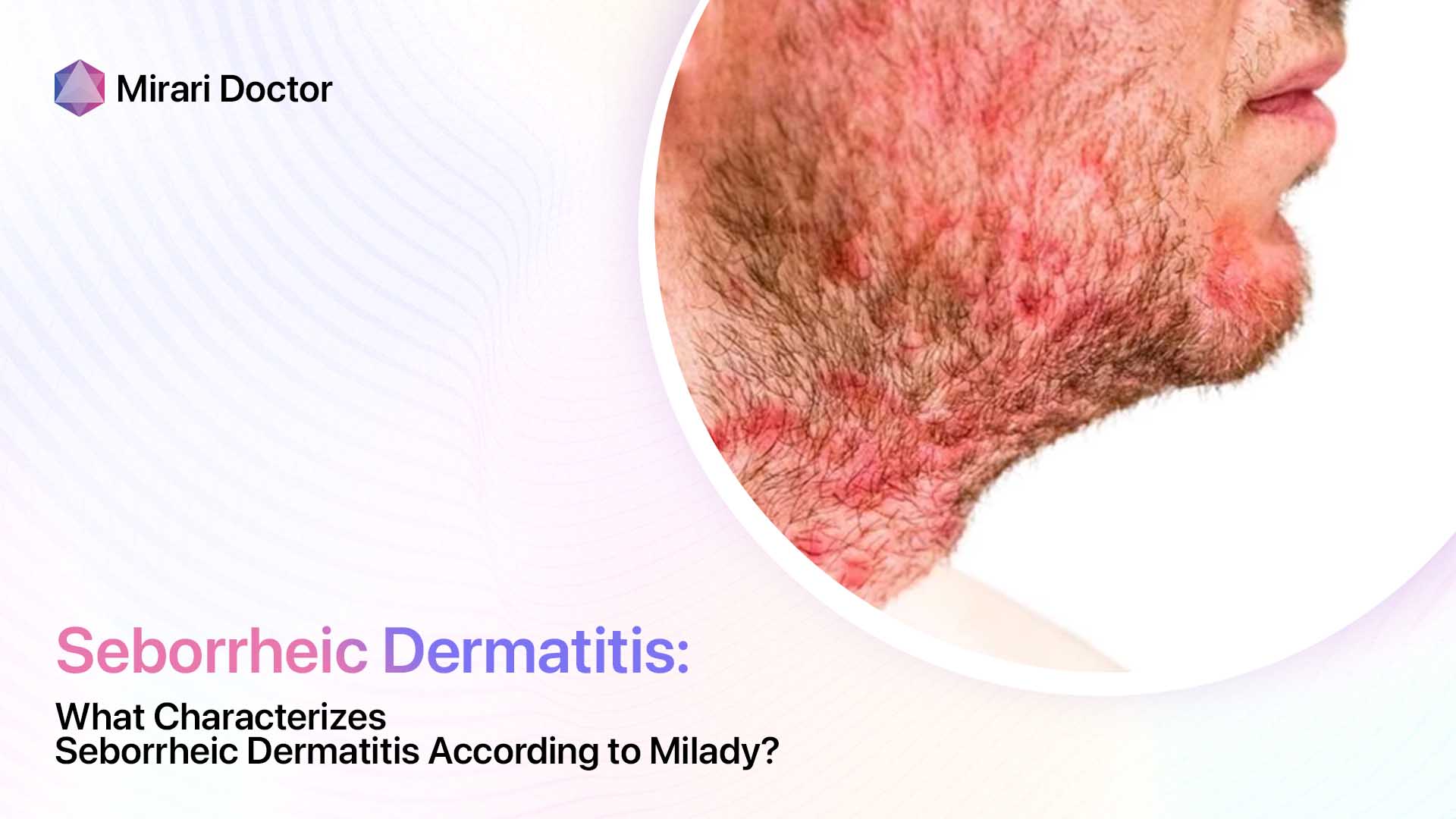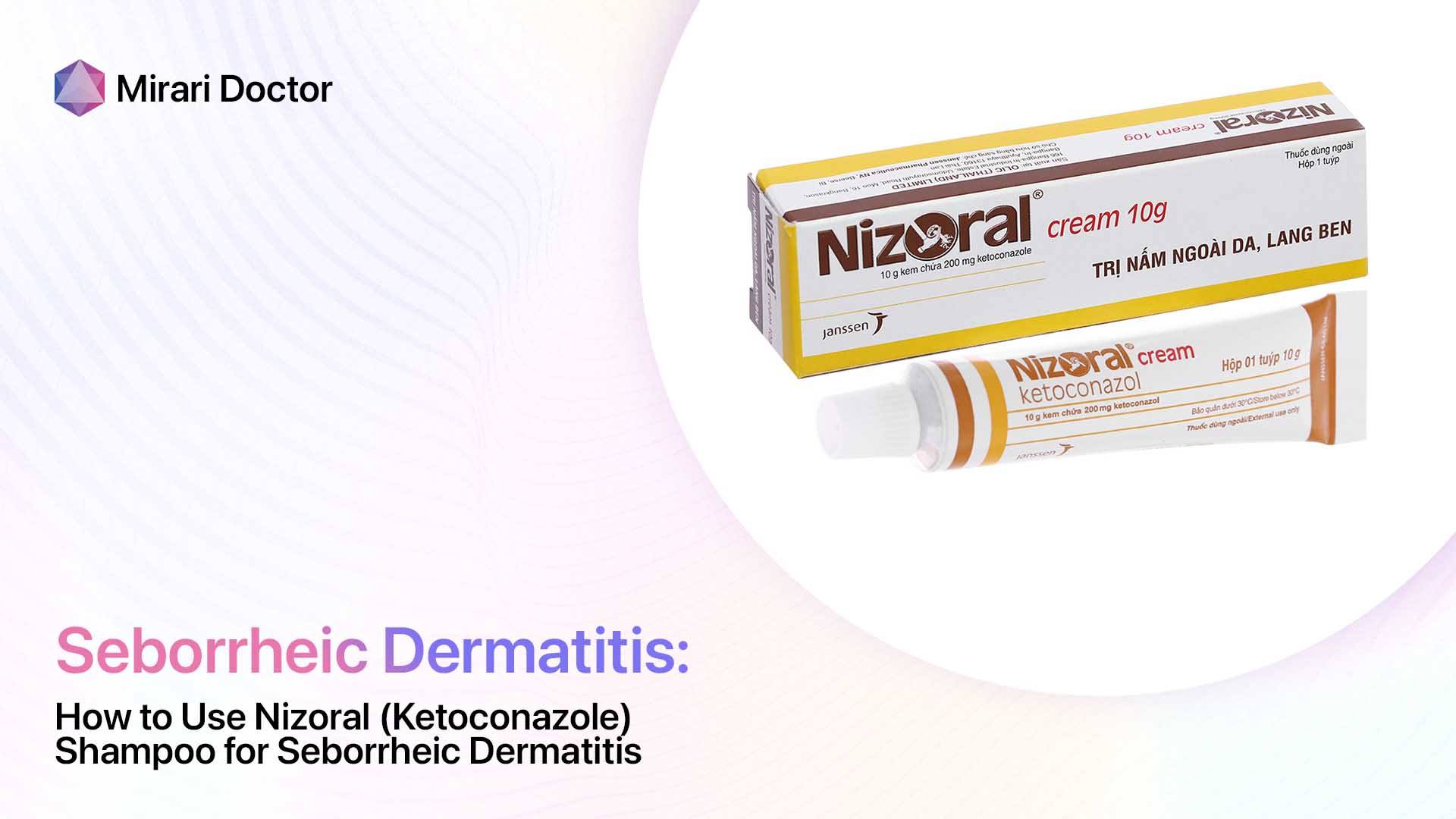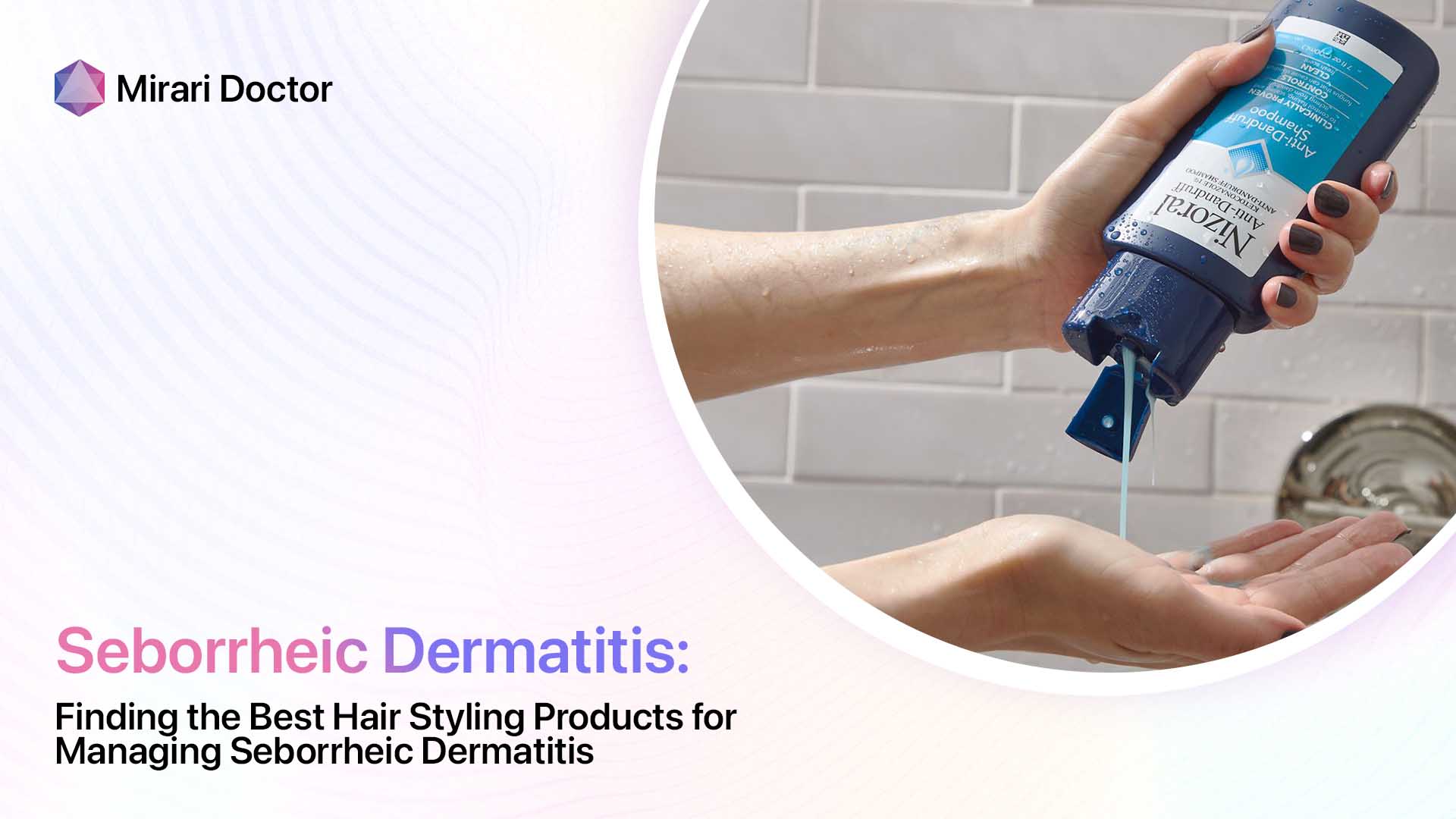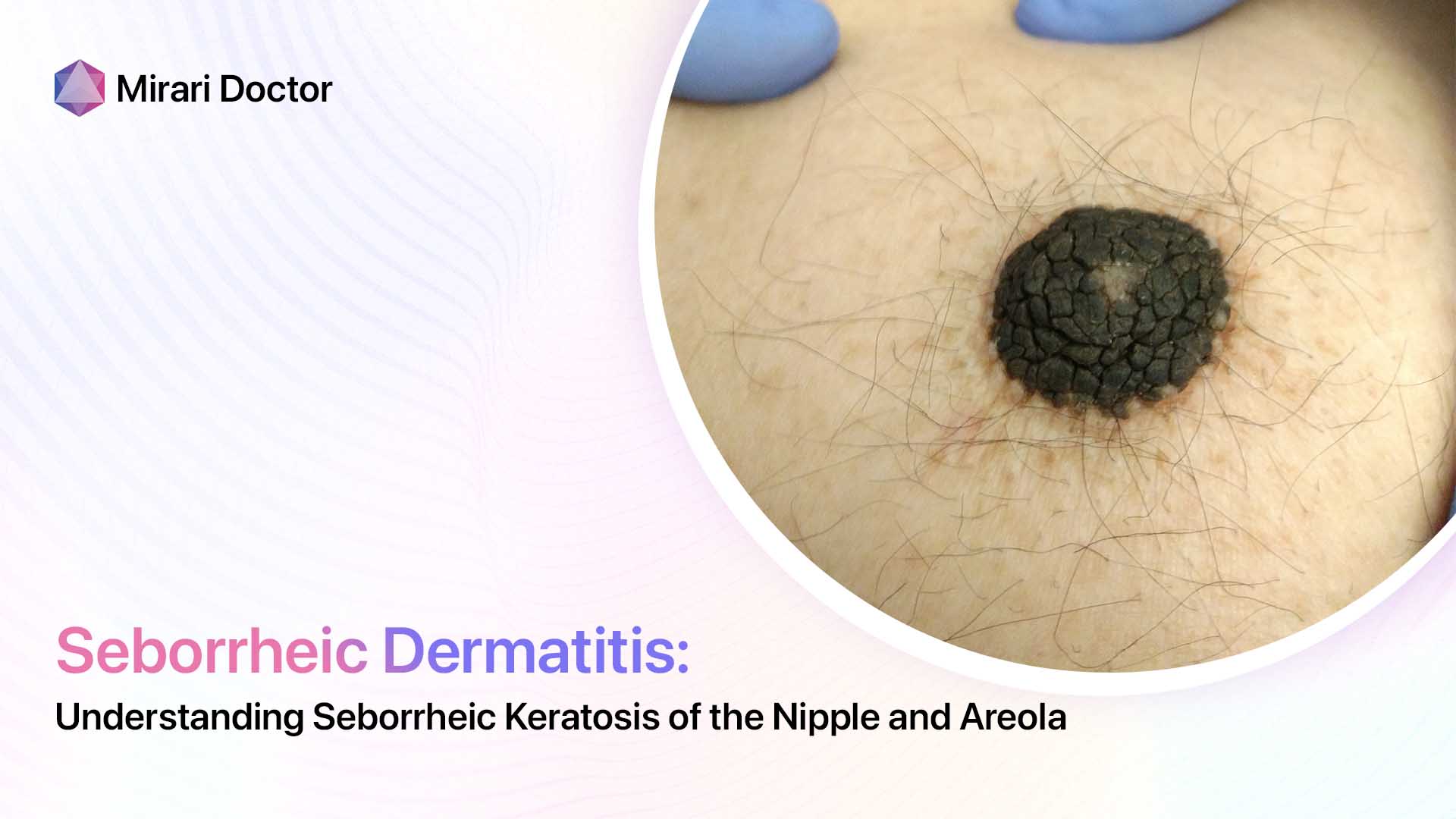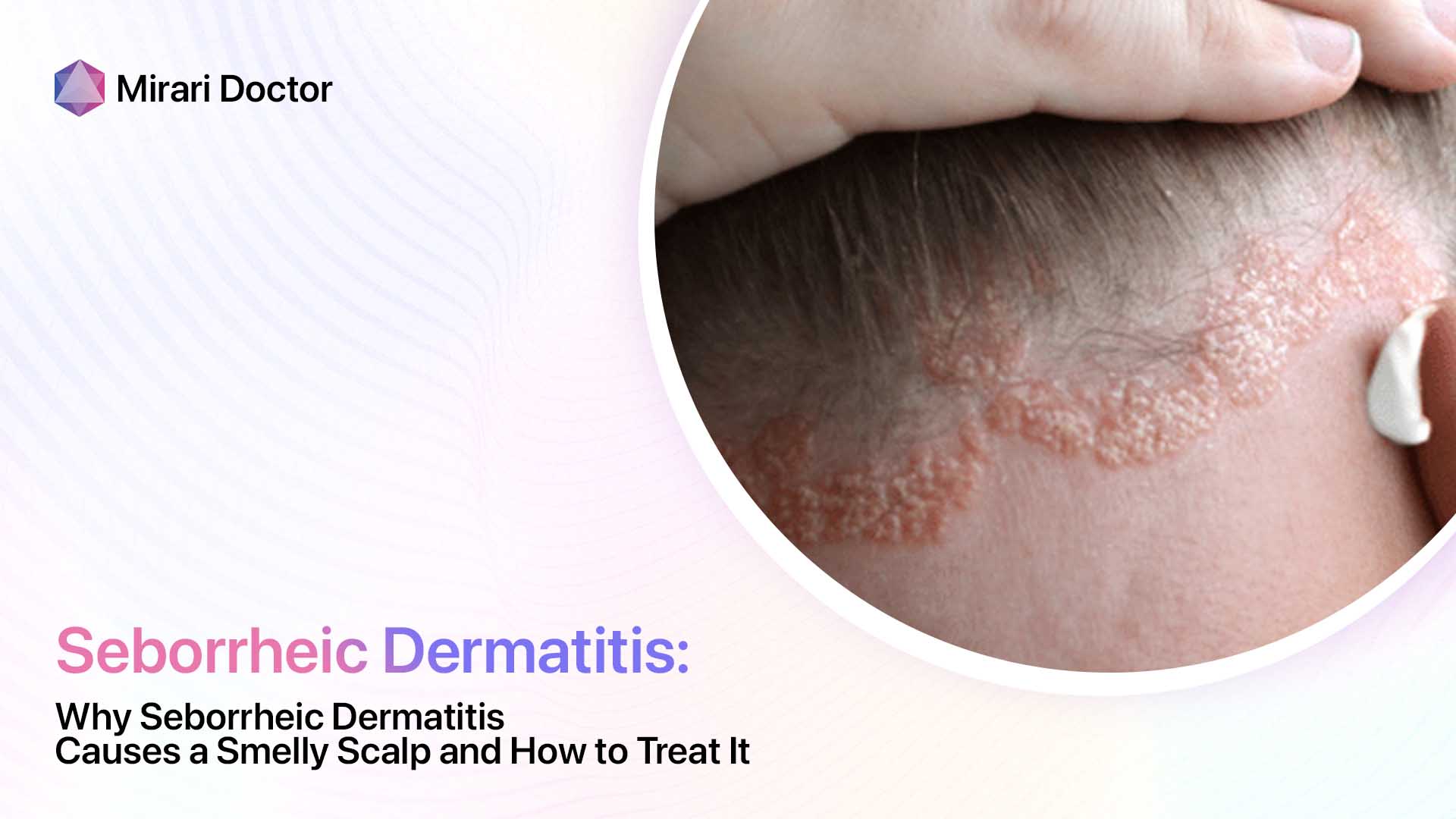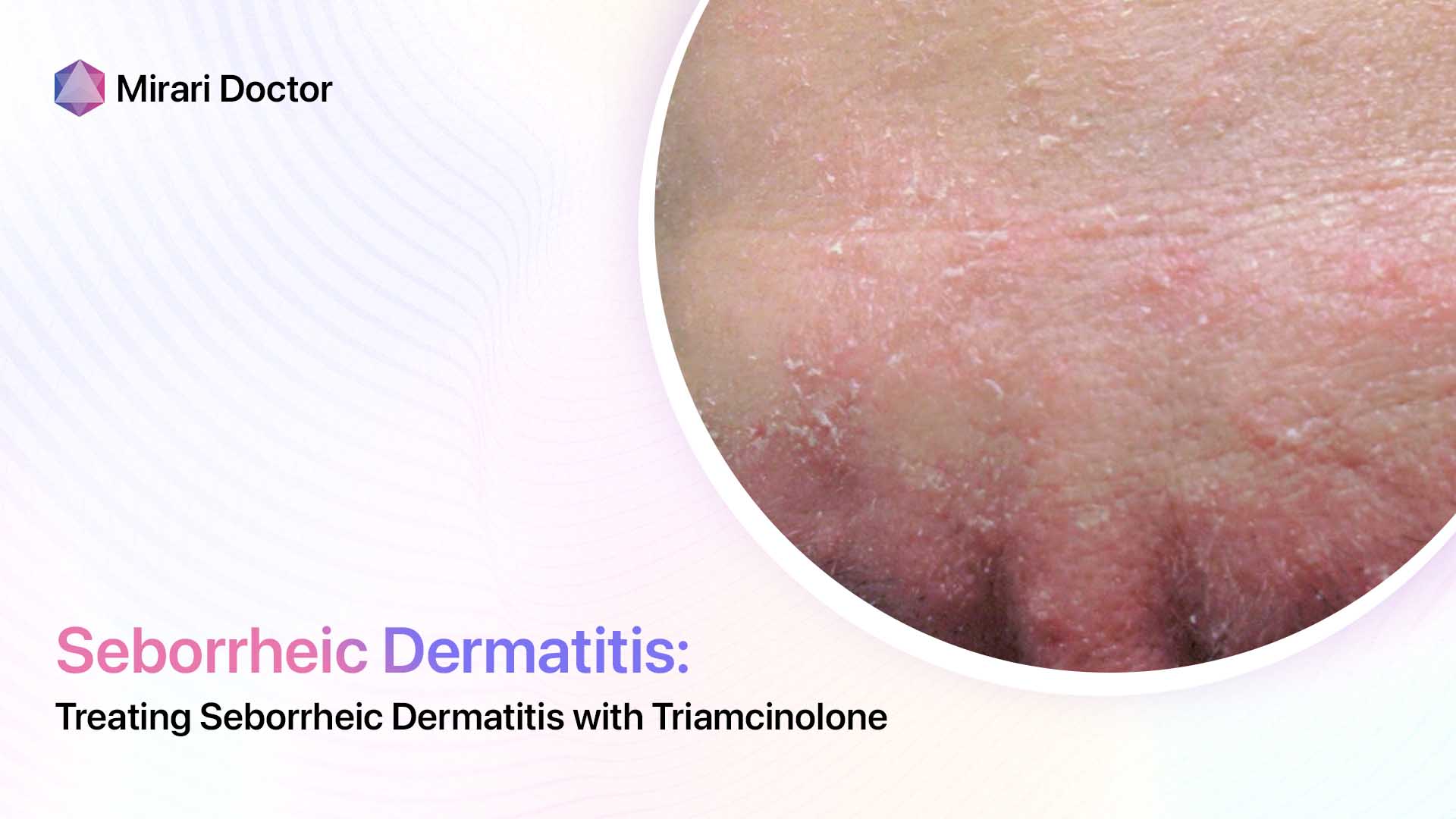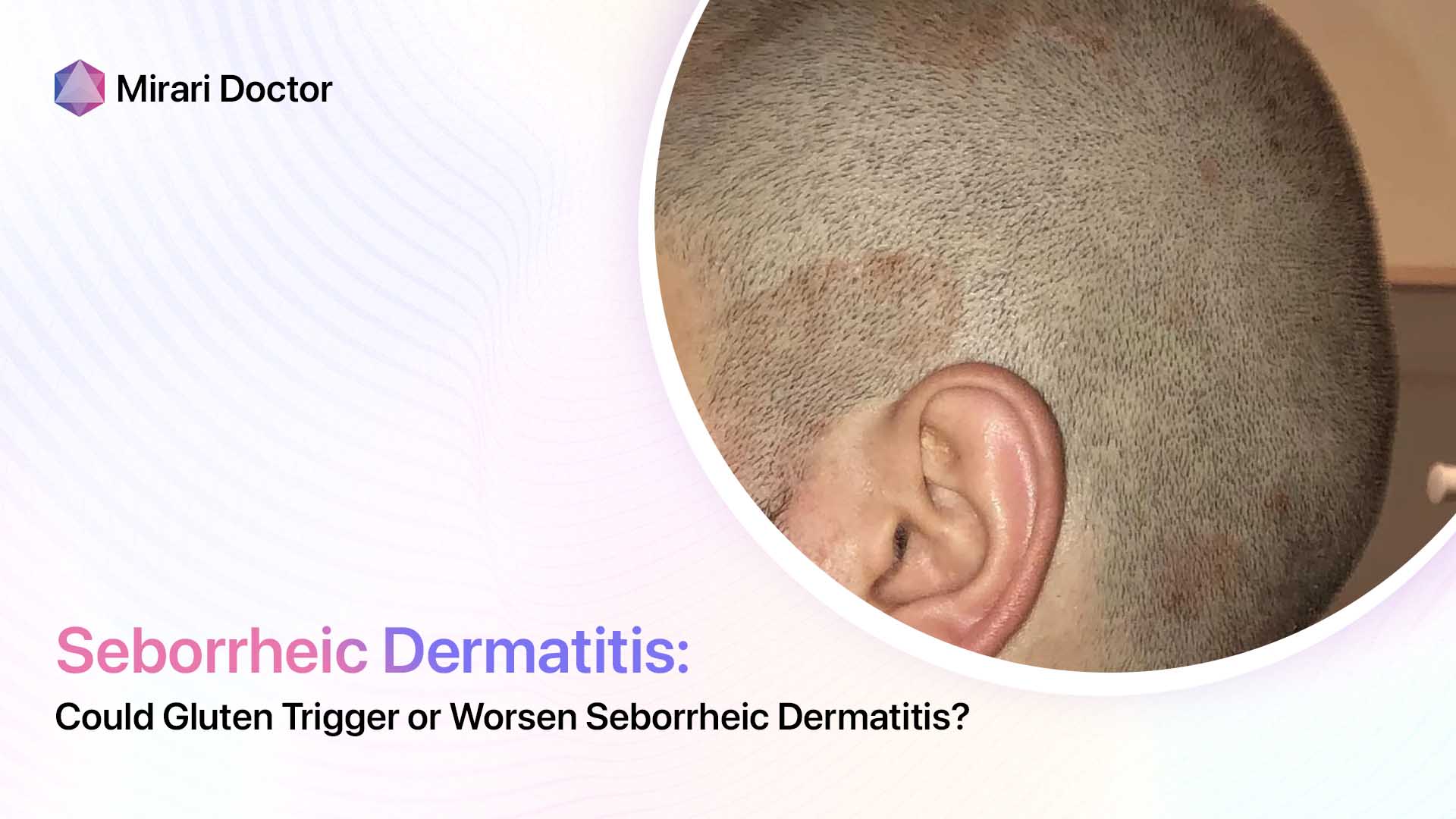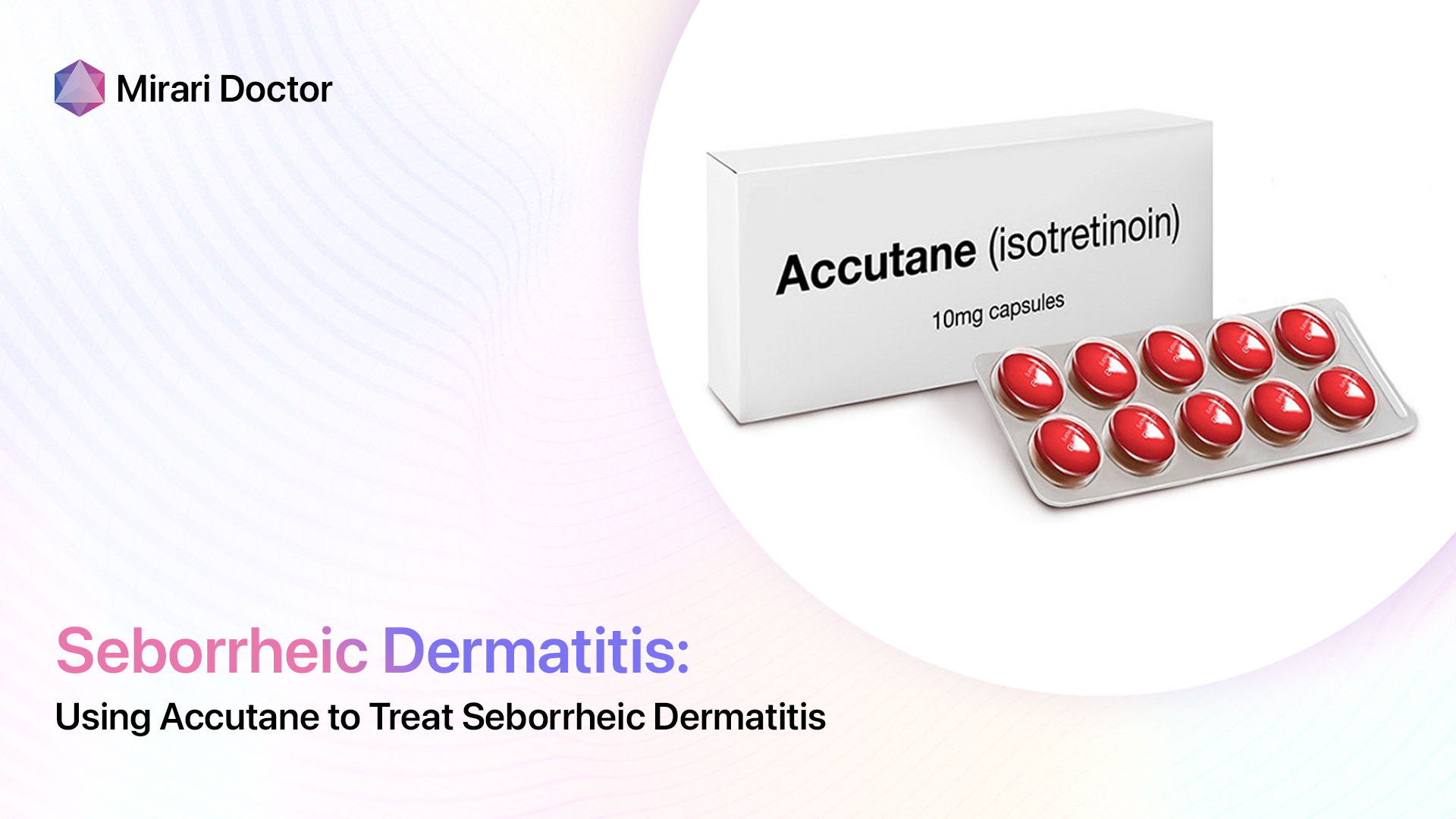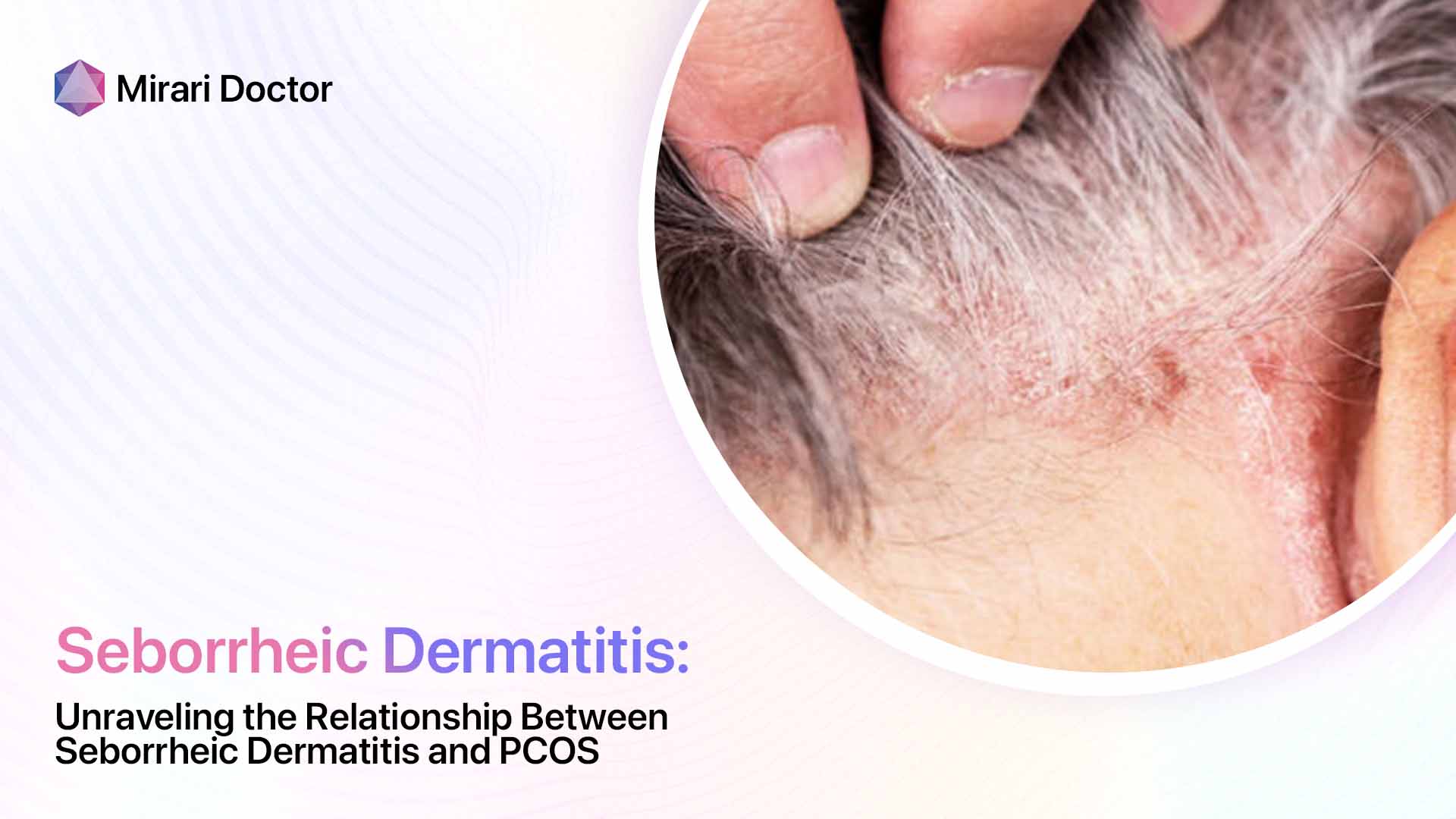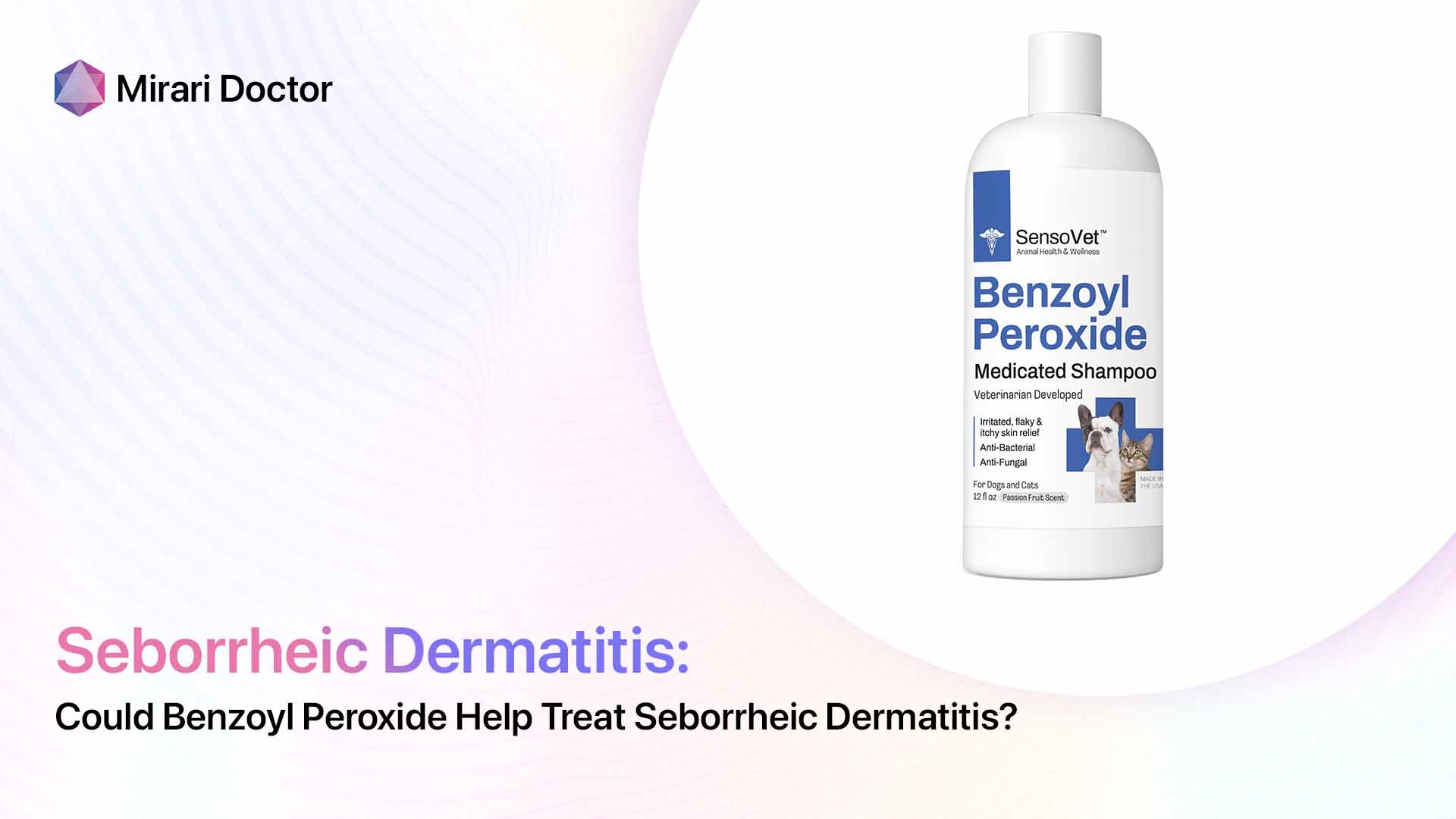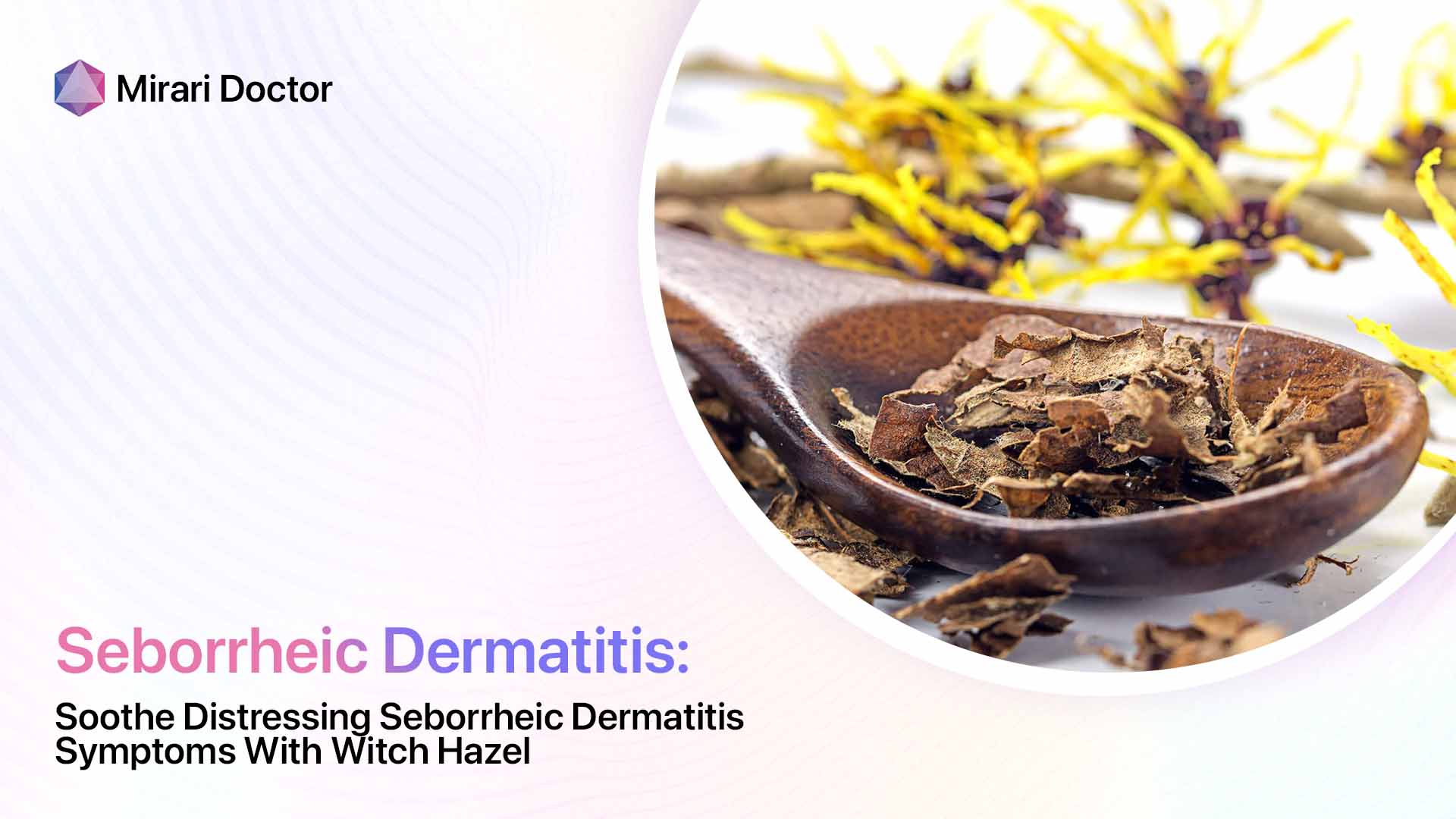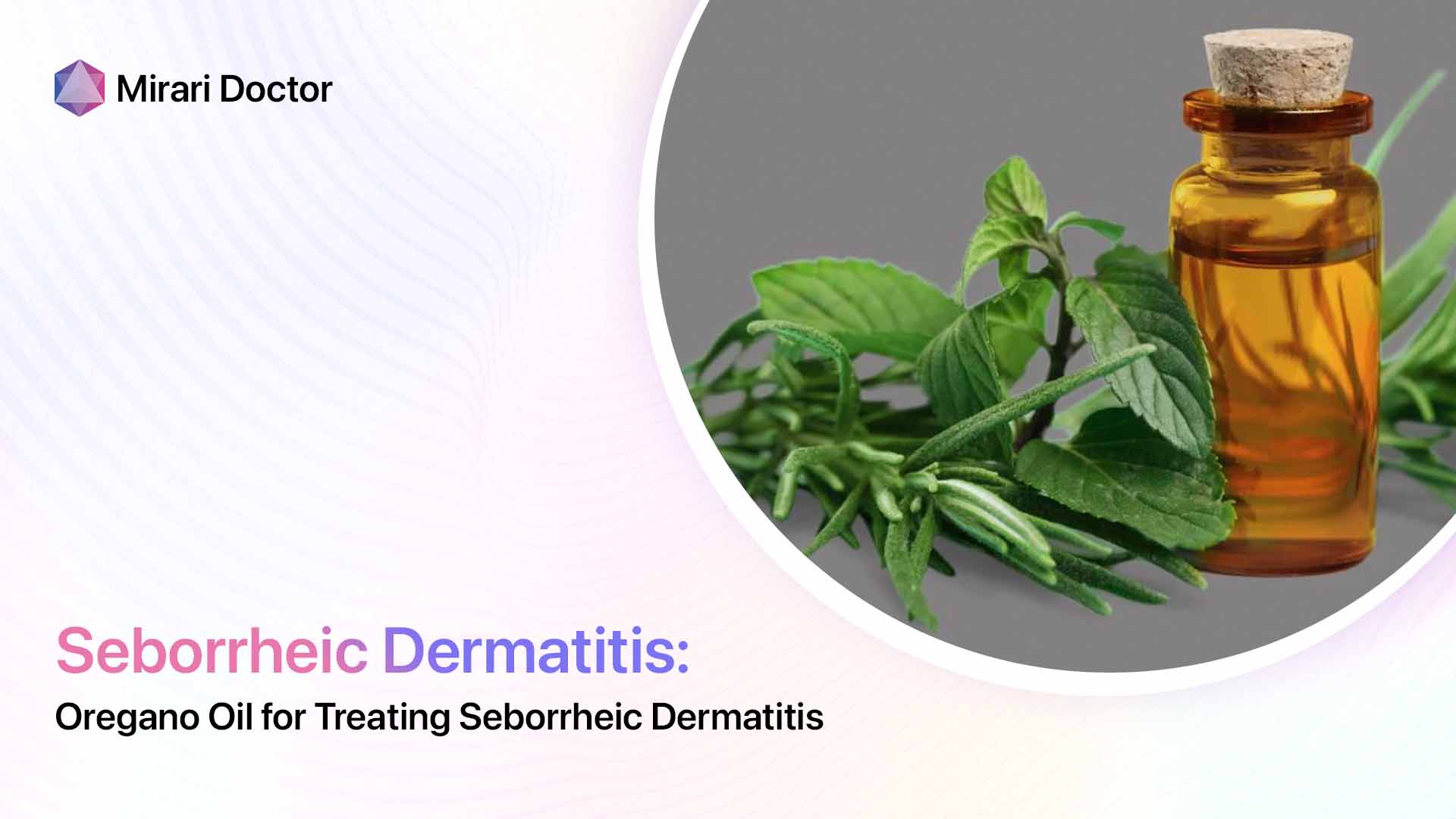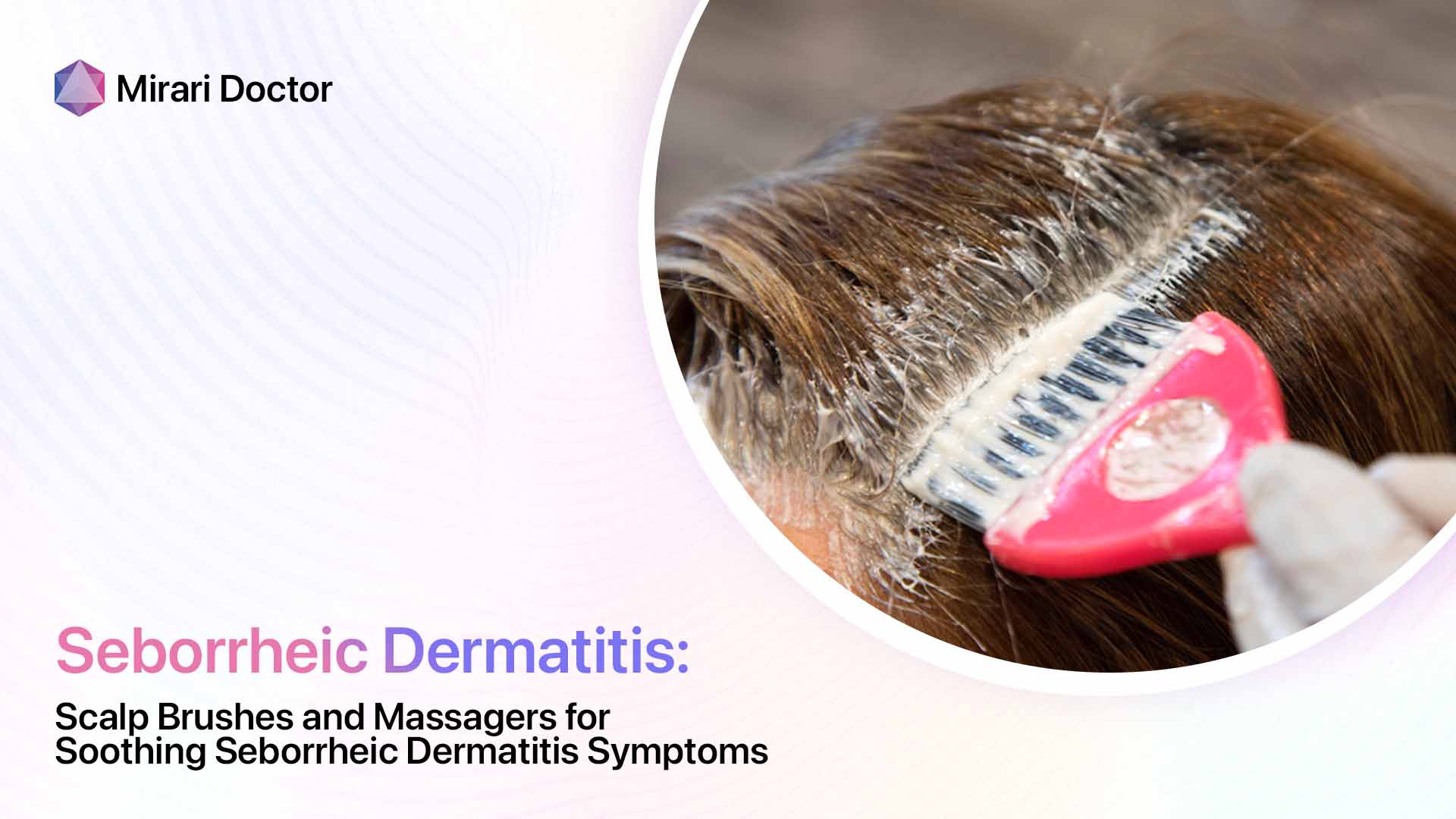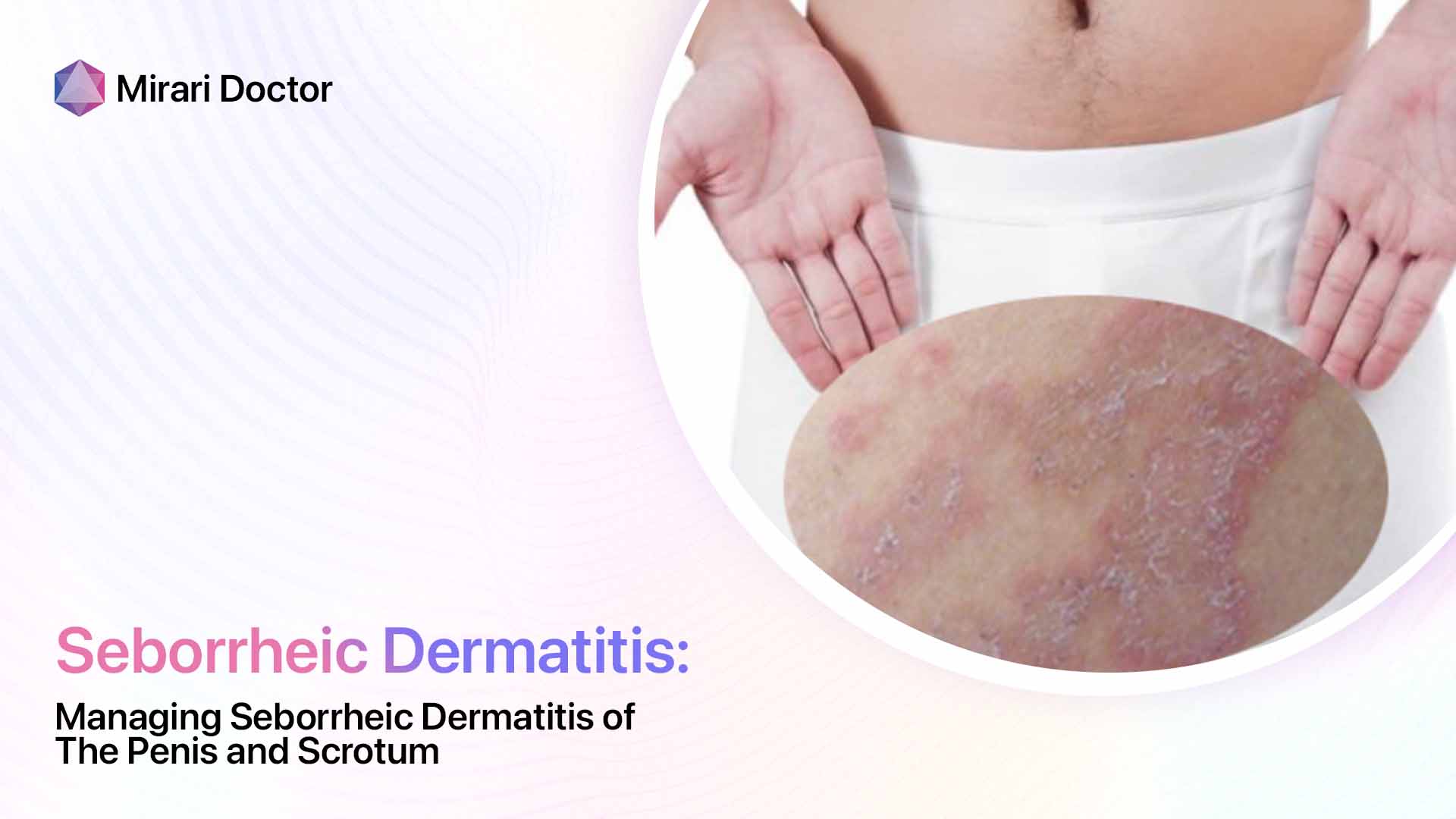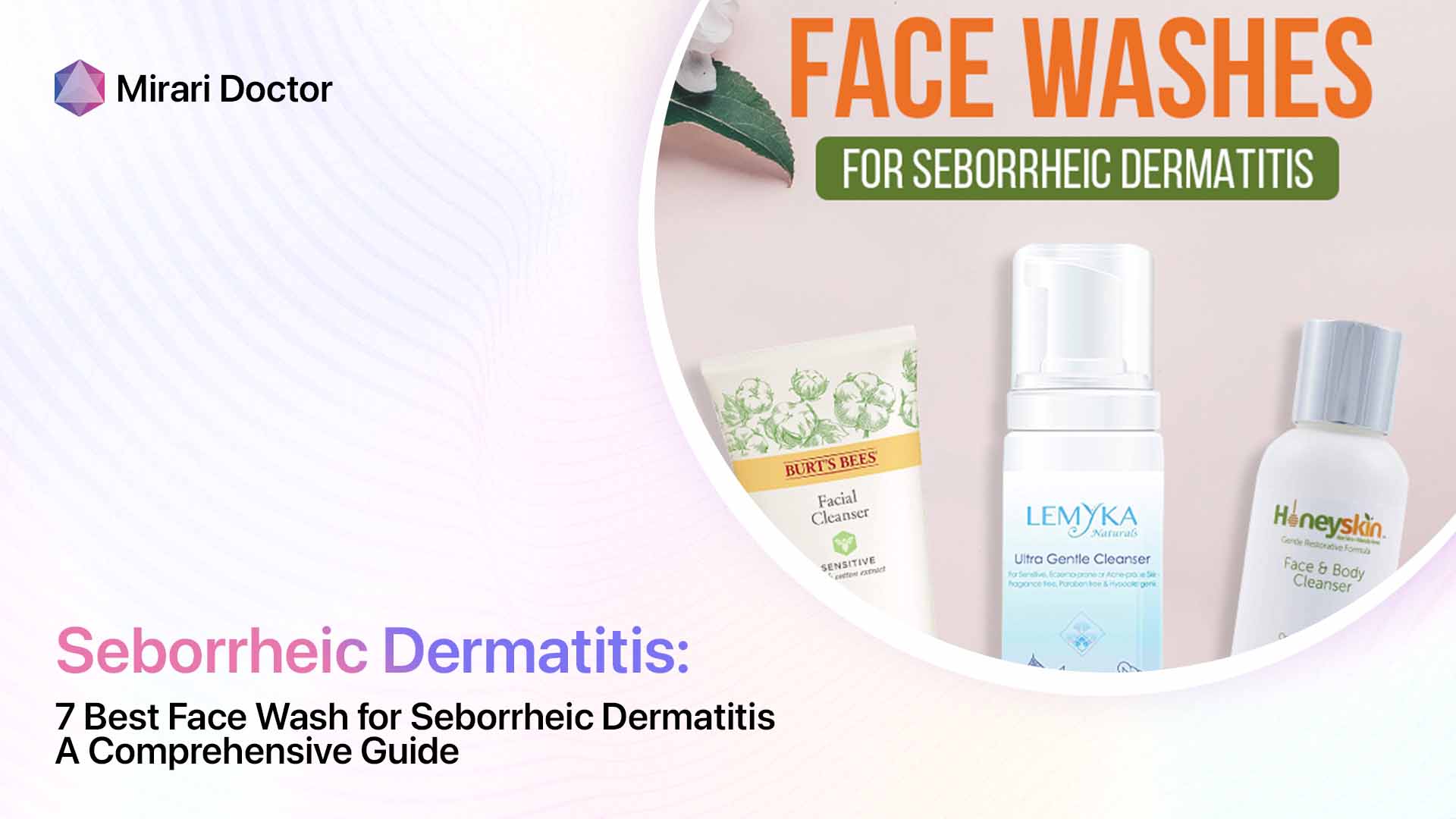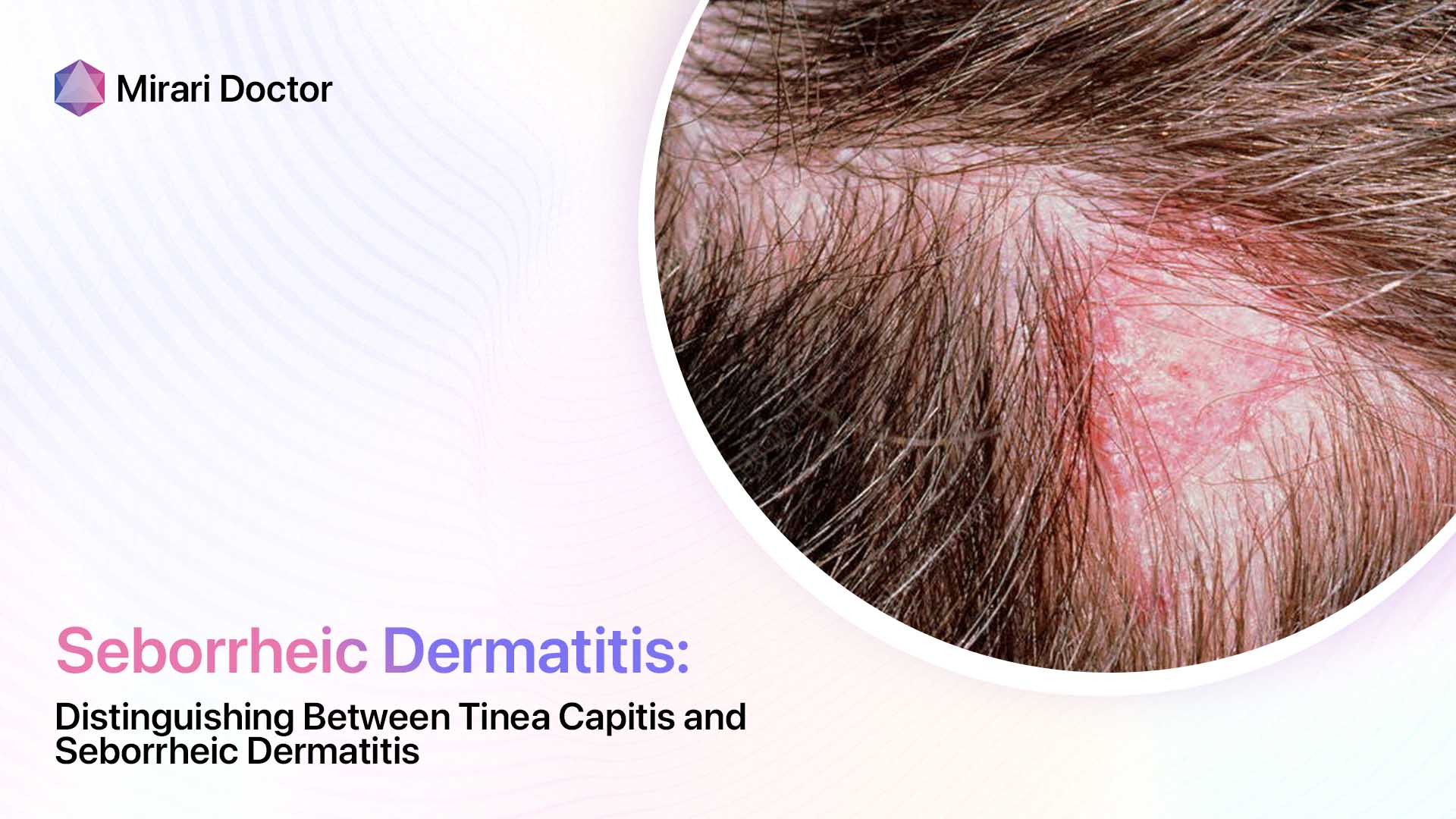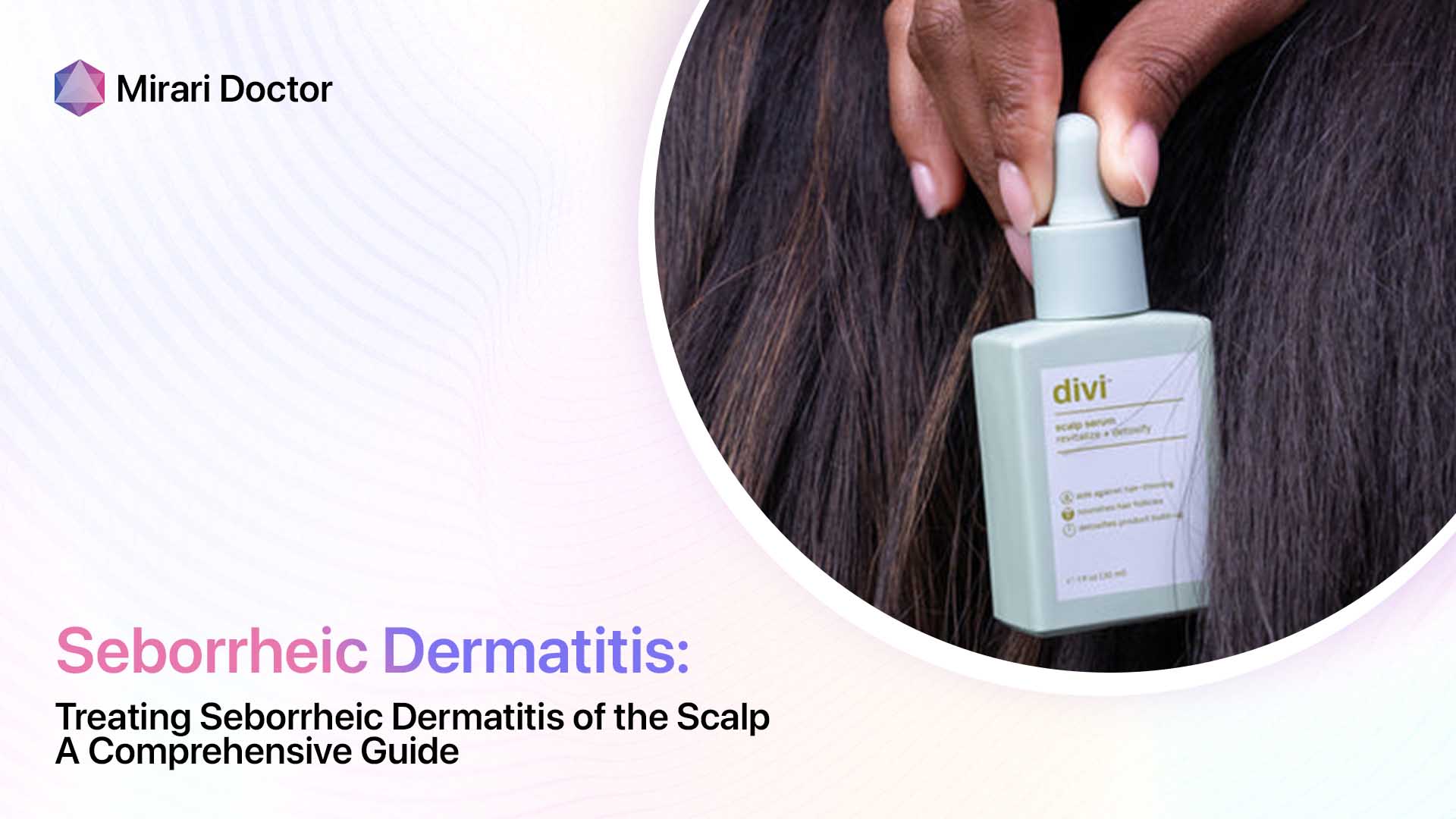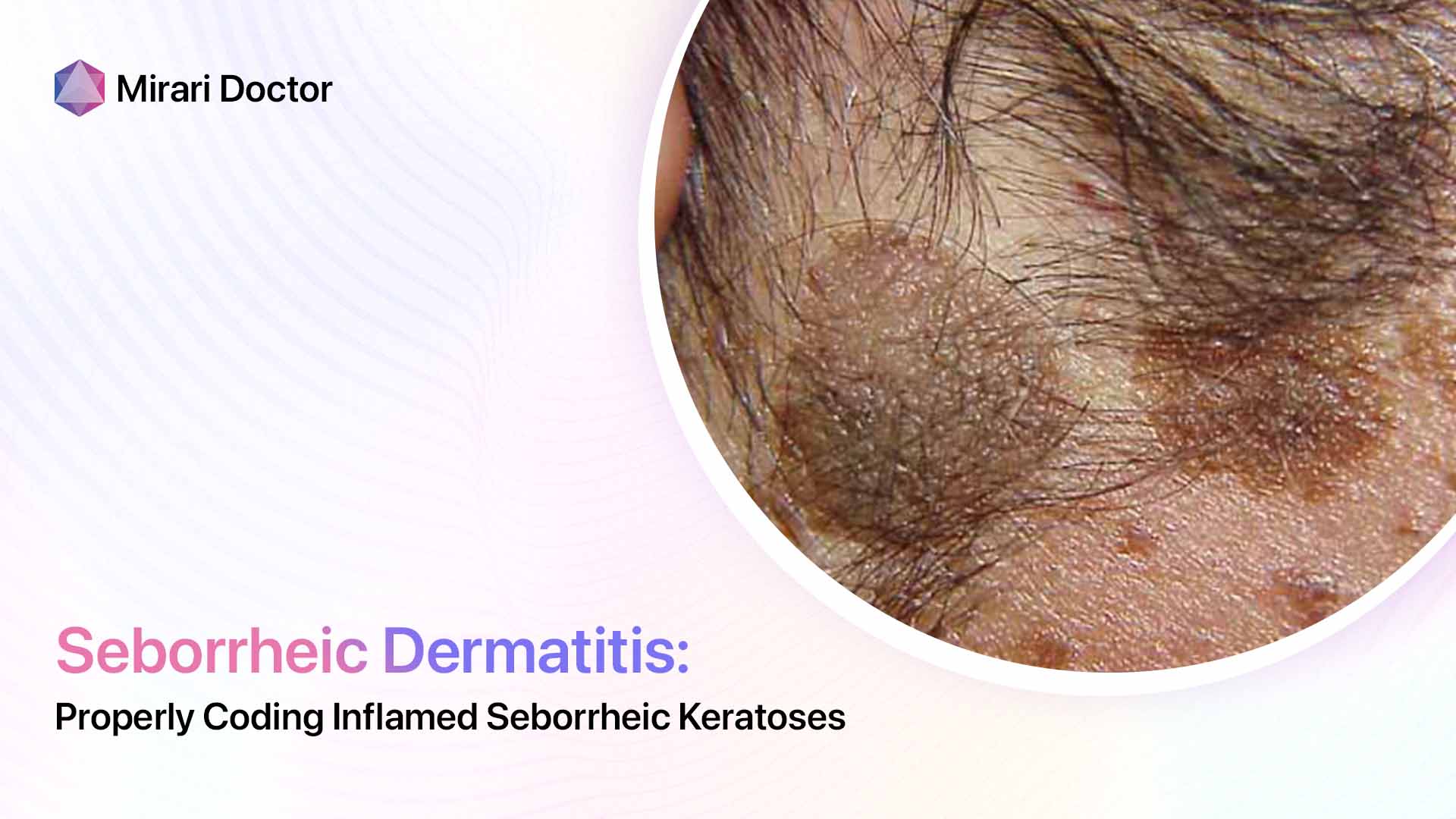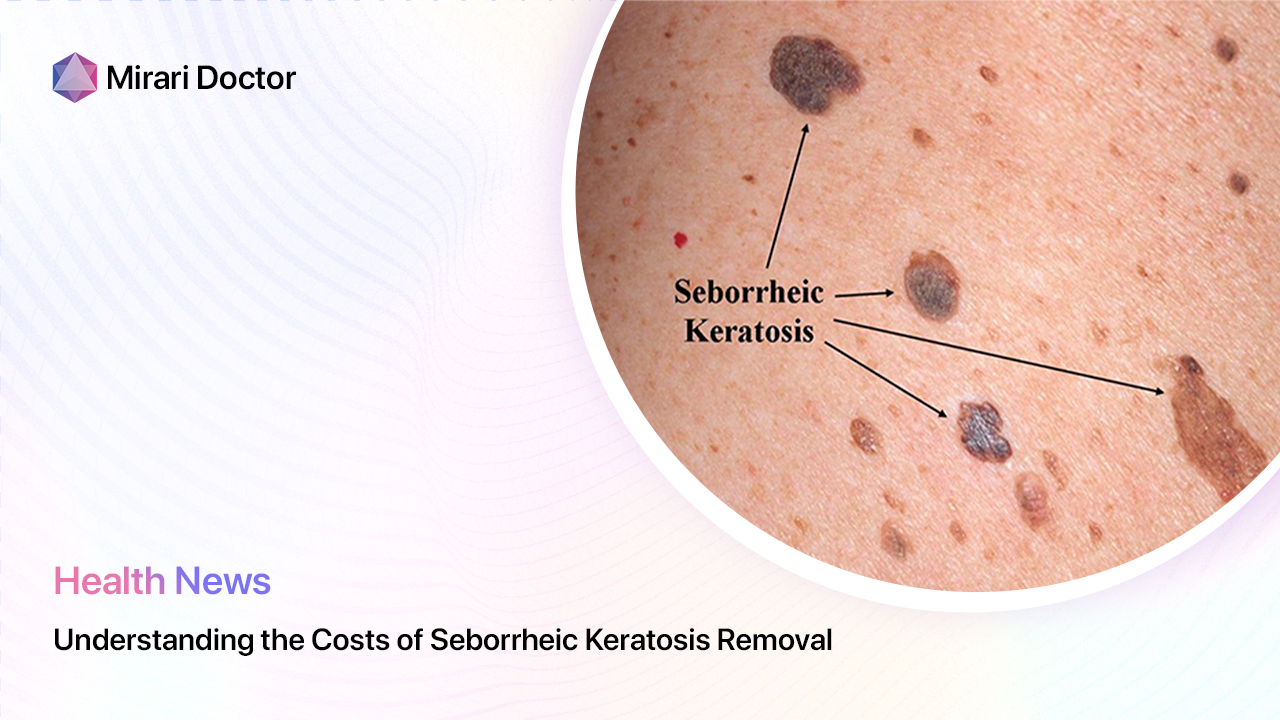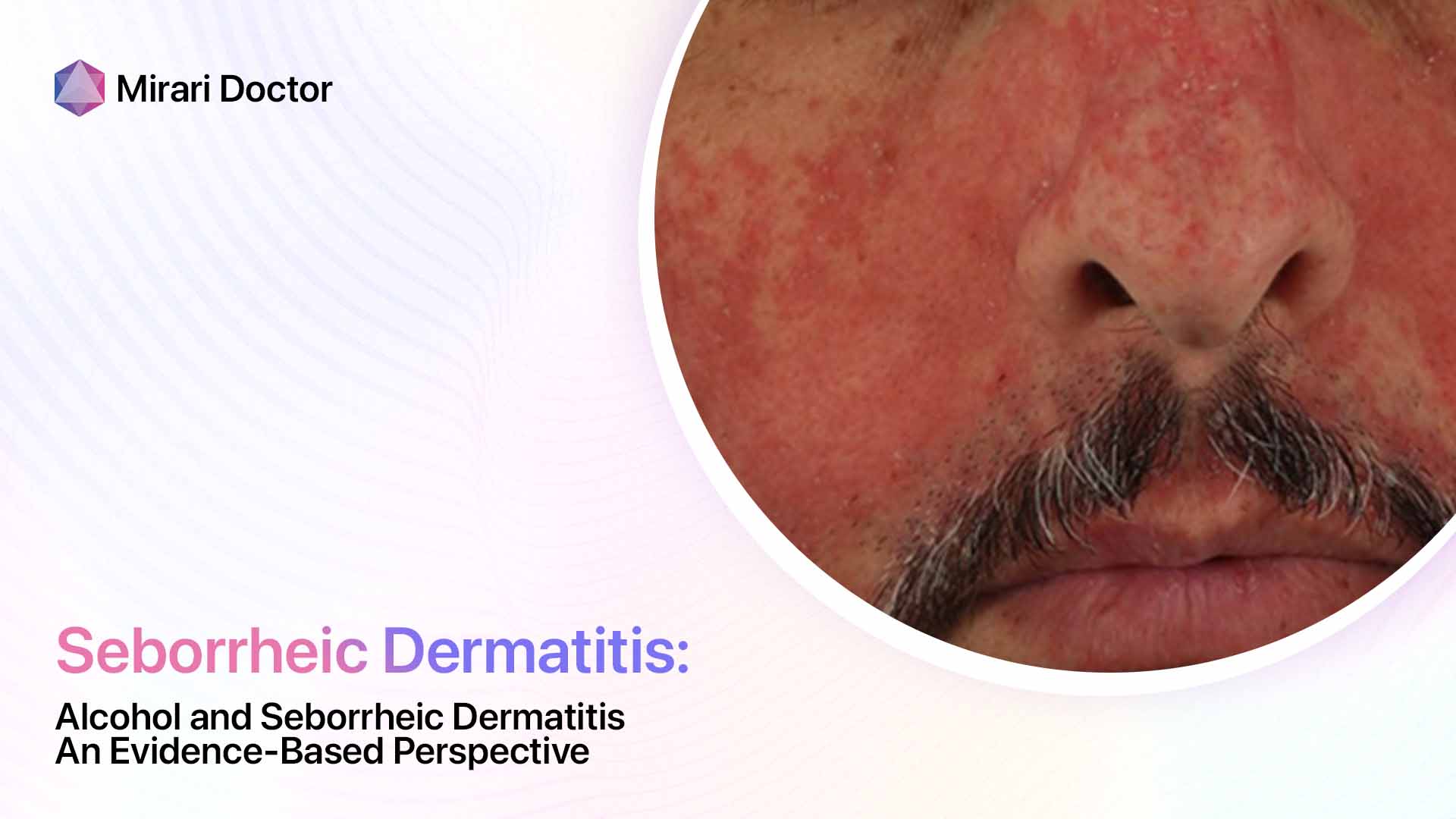
From dusty white scalp flakes tainting dark suits to angry facial plaques leaving skin raw and flaking, this condition’s frustrating manifestations severely diminish quality of life across ages. In exploring holistic disease drivers, a consistent patient complaint is symptom worsening with even minor alcohol intake.
In this extensive evidence-based guide, I leverage decades of expertise in managing complex seborrheic dermatitis to provide authoritative analysis on alcohol’s biological skin effects – both systemic implications and localized immunologic mechanisms that potentially exacerbate this condition’s refractory inflammation. My goal is to equip patients and practitioners with the latest scientific insights for optimizing self-care.
Introduction to Seborrheic Dermatitis
Seborrheic dermatitis describes a common inflammatory skin disorder often involving areas abundant in oil glands such as the scalp, eyebrows, nose folds, ears, upper back, and body creases. Signs range from mild dandruff to marked red, greasy areas with overlying yellow “crusty” scale that crack and ooze.
As an intrinsically relapsing condition with frequent remissions, what precisely triggers abrupt symptomatic flare-ups remains unclear, though contributing elements span:
- Climate changes
- Microbes
- Family history
- Associated disorders
- Stress levels
- Skin care habits
Among patient-reported instigating factors, alcohol consumption is ubiquitous yet contentious. Let’s analyze the evidence behind its relevance next.
Effects of Alcohol on Skin Health
Before delving into disease-specific actions, first reviewing alcohol’s broad cutaneous repercussions provides context on plausible biological pathways for potentially exacerbating seborrheic dermatitis activity.
Systemically, alcohol jeopardizes nutritional status, immune function, and microbiome equilibrium – major determinants of overall skin fitness. Deficiencies in zinc, folate, selenium and other critical skin nutrients frequently develop in heavy drinkers through pathways like:
- Reduced intestinal absorption
- Impaired nutrient bioavailability
- Abnormal losses
Such dietary insufficiencies diminish structural skin proteins and antioxidant capacities. Alcohol additionally disturbs gut flora propagating inflammation.
These systemic effects collude with direct skin consequences that collectively disturb skin homeostasis, including:
- Dehydration from fluid shifts
- Dilated superficial blood vessels
- Impaired skin barrier function
This overview of alcohol’s potential skin perturbations provides context on associated external skin conditions it commonly worsens like psoriasis, discoid lupus, and rosacea…so what about seborrheic dermatitis specifically? Let’s analyze the clinical evidence next.
Alcohol and Seborrheic Dermatitis: The Clinical Evidence
Cumulative research data reveals certain consistent, convincing effects of alcohol intake on seborrheic dermatitis activity:
Alcohol Impacts Disease Severity and Symptoms
Multiple studies demonstrate increased seborrheic dermatitis occurrence and severity among regular heavy drinkers across evaluation methods:
- Standardized clinical scoring
- Patient-reported symptoms
- Photographic grading
Analysis indicates dose-response patterns – subjects exceeding moderate drinking thresholds showed higher probability of seborrheic dermatitis signs ranging from mild dandruff to marked erythema and scaling provoked by alcohol consumption patterns.
Alcohol Worsens Key Disease Pathways
Investigations into specific biological disease pathways reveal alcohol enables abnormalities implicated in seborrheic dermatitis immunopathogenesis:
- Yeast proliferation – Ethanol enhances colonization of Malassezia yeast driving inflammation
- Barrier disruption – Dehydration and circulatory shifts perpetuate permeability
- Inflammation – Alcohol metabolism releases byproducts further stimulating inflammation
So mechanistically, alcohol enables seborrheic dermatitis propagation through instigating microbial, physiological, and immunologic axes – cascading effects seemingly confirming patient complaints.
Alcohol Cessation Improves Disease Control
Importantly, studies tracking groups of heavy drinkers over time after ceasing alcohol consumption demonstrate substantial improvement in seborrheic dermatitis severity by both physical exam and quality of life indices:
- Marked declines in erythema, scaling, pruritus by weeks to months after cessation
- Those maintaining abstinence show sustained remission
So clinically and biologically, evidence confidently supports alcohol intake as an authentic aggravating element in the complex framework underlying troublesome seborrheic dermatitis. Let’s consolidate key mechanisms next.
How Alcohol Impacts Seborrheic Dermatitis: Key Mechanisms
Concisely recapping core pathways by which alcohol consumption worsens seborrheic dermatitis based on current evidence:
Systemic effects
- Nutrient deficits – Compromise antioxidant capacity and structural proteins
- Leaky gut dysbiosis – Perpetuate inflammation and immune dysfunction
Skin-specific effects
- Dehydration and microvascular changes – Impede epidermal integrity
- Increased skin yeast – Provoke inflammatory reactions by sebum modification
Metabolic byproducts
- Acetaldehyde accumulation – Directly stimulate vascular and immune components
So in multiple interrelated dimensions, alcohol proves a bonafide instigating element in seborrheic dermatitis’ perplexing web of determinants demanding consideration (and avoidance) for satisfactory disease control.
Now let’s address common questions on optimizing self-care.
Patient FAQs: Alcohol and Seborrheic Dermatitis
Is any amount of alcohol problematic for seborrheic dermatitis?
For most with mild, sporadic disease controlled on maintenance regimens, occasional light intake may be tolerated without flare recurrence in the absence of other triggers. However, those exceeding moderate drinking guidelines appear at higher risk even with lower susceptibility. As alcohol likely has additive rather than solitary effects, strict avoidance is preferable but individual factors dictate advisable thresholds.
Does certain type of alcohol like beer vs wine influence seborrheic dermatitis differently?
Available research has focused on cumulative alcohol amounts without comparing beverage types. However in diseases like psoriasis and rosacea with similar inflammation pathways, some evidence suggests wine and beer may exacerbate activity more than distilled spirits. This could relate to non-alcohol compounds they contain. But regarding seborrheic dermatitis specifically, further controlled studies are still needed to determine if beer, wine or liquor differentially affect course.
How long after I stop drinking will seborrheic dermatitis symptoms improve?
For those with severe, refractory disease, studies indicate clinical scoring indices demonstrate significant measurable differences within 8 weeks of alcohol cessation. However perceived symptom relief and scaled back medicinal therapy requirements may occur even earlier at 2 to 4 weeks as systemic nutritional optimization also rebounds rapidly. Sustained avoidance predicts sustained remissions.
Can using alcohol-based skin products trigger seborrheic dermatitis?
Due to rapid absorption and evaporative properties, topical alcohol tends not to penetrate and accumulate sufficiently to disrupt sebum or stimulate inflammation. But individual reactive skin risks contact irritation. As always, non-irritating gentle skin care is advisable. Oral alcohol remains the concern for propagating seborrheic dermatitis activity based on medical literature.
Let’s finalize with a concise summary of key learning points.
Conclusions and Take-Home Messages
- Multiple studies consistently demonstrate increased seborrheic dermatitis occurrence and severity among regular heavy drinkers
- Alcohol enables inflammatory pathways in seborrheic dermatitis involving yeast overgrowth, barrier disruption and direct immune consequences
- Clinical improvements soon follow alcohol cessation with sustained avoidance predicting stable disease remission
- Threshold and type variations still warrant further elucidation for individualized care
- Given additive risks, alcohol avoidance is advised as part of comprehensive management
In closing, while no proven sole cure exists yet for this multifaceted skin disorder, abstaining from alcohol intake appears one of few consummate, evidence-based measures patients can independently take toward regaining control over frustrating recurrences that diminish joie de vivre. Here’s to raising a glass of sparkling satisfaction in reversing the impacts alcohol has on seborrheic dermatitis! Please feel free to reach out with any other questions.
Related articles
Made in USA




